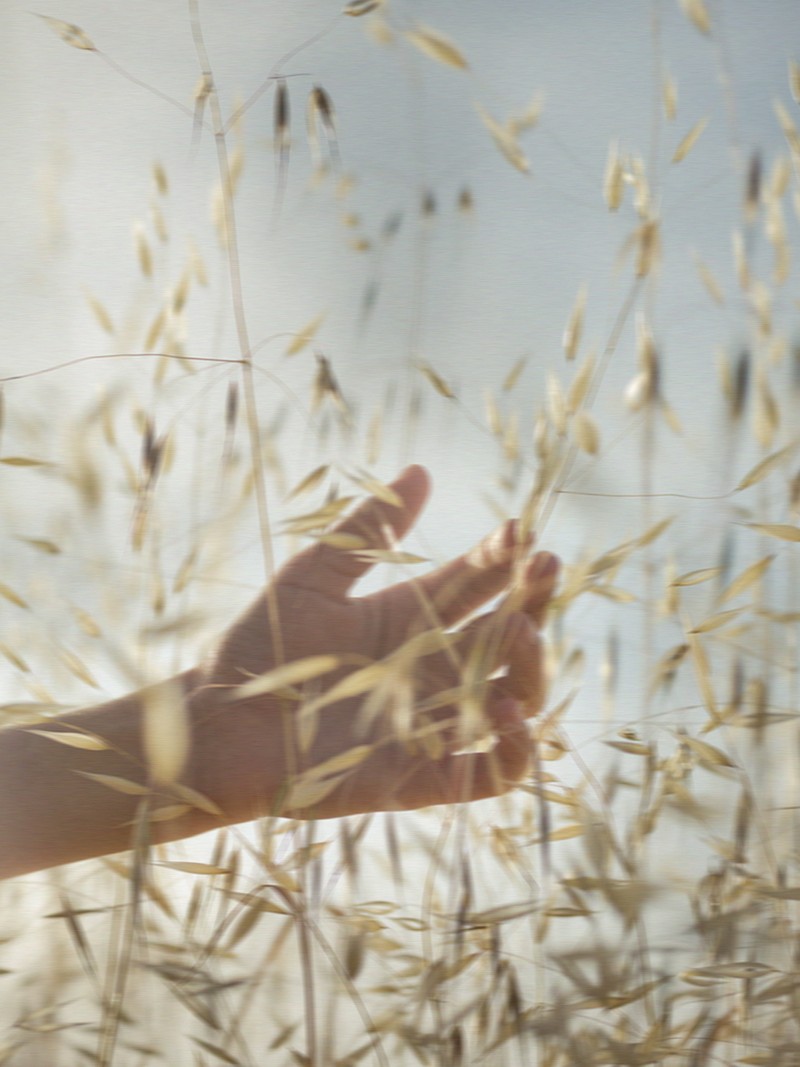
How To Reduce The Look Of ‘Hay Fever Eyes’
First, Know What You’re Dealing With…
The eyes have a mucous membrane called the conjunctiva which comes into contact with pollen and allergens in the atmosphere. This exposure can cause hay fever symptoms in the form of inflammation, which is primarily due to histamine release. The eyes are therefore particularly prone to developing symptoms such as redness, itchiness and watering.” – Dr Elizabeth Hawkes, consultant oculoplastic surgeon & ophthalmologist
“The skin around the eyes is around ten times thinner than the rest of the face and contains fewer oil glands. This makes it significantly more vulnerable to dryness, flaking and puffiness – especially during a hay fever flare-up. Histamine reactions and fluid retention can lead to noticeable swelling, making the eye area one of the first to show symptoms. – Guendalina Gennari, facialist
Invest In Eyecare
“Start your day with a protective eye spray. It must be preservative-free (look for this on the label) if you are going to use it regularly. This will provide your eyes with an extra layer of defence against pollen. If it’s gentle enough, you can use it throughout the day too – ours is contact lens-safe and designed to be applied over make-up.” – Nicola Alexander-Clark, optometrist & co-founder of Peep Club
“The best over-the-counter eye drops for allergic eye disease contain sodium cromoglycate. This can be an effective way to counteract the ocular symptoms of hay fever. However, sometimes, stronger treatments are required which usually need to be prescribed by either a MECS (Minor Eye Conditions Service) optician or ophthalmologist.” – Elizabeth
Use A Nude Pencil In Your Waterline
“A matte, flesh-toned eyeliner inside the waterline really opens up the eyes and balances out any redness, making them appear brighter. The ones I rate are the M·A·C Chromagraphic Pencil and Victoria Beckham Beauty Instant Brightening Waterline Pencil. Pair it with light-coloured eyeshadow under the brow bone and in the inner corner to create a wide-awake effect.” – Polly Chisolm, make-up artist
Massage To Reduce Puffiness
“A simple massage technique I swear by is gliding the outer side of your knuckles from the inner corners of the eyes up and out towards the temples. Then sweep along the brow bone to the temples again to stimulate lymphatic drainage. Also, cryotherapy tools can be really effective at reducing puffiness, the ones I like are by Aliso. Alternatively, you can use ice cubes wrapped in a muslin cloth or cooling eye masks straight from the fridge – Bioeffect’s Imprinting Eye Masks are a favourite of mine.” – Guendalina
Prime The Eye Area
“Eye make-up needs something to grip onto if you want it to last. You can use a primer, but I do it the old-school way with either foundation or concealer, applying it over the lid as a base. This will help eyeshadow and liner stay put for longer.” – Emma
Choose Your Mascara Formula Wisely
“Waterproof formulas can be useful if your eyes often water, but I prefer tubing mascara which coats your lashes with individual polymer tubes. When you have sensitive eyes, nothing beats the comfort of knowing your mascara is smudge-proof and going to stay put but will still remove easily with warm water. The one I love is Milk’s Kush Mascara.” – Polly
Highlight The High Points Of The Face
“Adding luminosity to the inner corners, eyelids and temples not only makes the whites of the eyes look brighter but it also gives your skin a certain freshness. Pat McGrath Labs Skin Fetish: Sublime Skin Highlighter in ‘Nude Opal’ works well on lighter, cooler skin tones and then ‘Incandescent Gold’ looks beautiful against warmer, deeper skin. If you’re wanting to forgo the shimmer, try Chanel’s Baume Essentiel in ‘Transparent’. It’s essentially a clear balm which just gives your skin a pretty, natural-looking sheen.” – Emma Miles, make-up artist
Check Your Ingredients
“There are certain ingredients used in cosmetics that have the potential to aggravate your eyes even further. If you’re hay fever-prone, I recommend only using fragrance-free formulas and trying to avoid the following ingredients: parabens, phthalates, benzalkonium chloride, ethanolamines, formaldehyde, hydroquinone, isopropyl cloprostenate and oxybenzone.” – Polly
“Some of the most calming and effective anti-inflammatory ingredients include aloe vera, calendula, arnica, centella asiatica, chamomile and mimosa extract. For extreme sensitivity, I often recommend La Roche-Posay and Avène. Their formulations are minimal and clinically tested to check they suit reactive skin types. If itchiness is the issue, I’d steer clear of standard cosmetics and instead stick to calming botanicals like aloe vera or calendula. For more severe cases, a doctor-prescribed steroid cream may be necessary – but always consult a professional before applying anything near the eyes.” – Guendalina
Choose Cream Over Powder Eyeshadow
“Powder eyeshadow can sometimes irritate the eyes more, so I’d recommend a cream formula. Take a neutral tone across the lid and use a lighter shade under the brow bone and in the inner corner of the eye. This instantly makes your eyes look bigger and more awake. The eyeshadow sticks I reach for are by Ilia and Bobbi Brown, but I also love Milk for anything eye-related.” – Polly
Go For Lightweight Skincare
“Choose a lightweight, caffeine-based eye gel or serum rather than a heavy cream or oil that can trap heat and exacerbate swelling. Avoid active ingredients like retinol or exfoliating acids during a hay fever flare-up – they can further irritate sensitive skin. Apply your product with your ring finger using a light, draining motion.” – Guendalina
Consider Lash Alternatives
“If your eyes are extremely sensitive, you might find it’s best to go without mascara. For some extra definition, a lash tint is an easy, low-maintenance option. Another tip is to invest in a great eyelash curler – Shiseido and Shu Uemura do the best ones. Alternatively, Lashify offers a service where you can choose your lashes and have them applied. They sit underneath the natural lash line, so the effect is seamless and they last for up to ten days.” – Emma
Use Corrector Strategically
“Banishing any darkness from the inner corners opens up the eyes, and for this you need a corrector in either a peach or orange shade. Alongside concealer to create lift, this will make you look really fresh. Use a stippling brush to blend it out as much as possible. I like to set concealer by pressing Laura Mercier’s Translucent Loose Setting Powder into the skin with a powder puff.” – Polly
Avoid The Triggers
“The best way to avoid hay fever symptoms is to avoid the allergens. Clearly this is easier said than done, but, where possible, staying indoors with the windows shut will help reduce the pollen levels inside your house. To help you manage the ocular symptoms of hay fever, consult a pharmacist who can suggest simple remedies such as antihistamine tablets or eye drops, designed to reduce inflammation and, in turn, ease your symptoms.” – Elizabeth
Create A Pollen Barrier
“Try to create an occlusive barrier to prevent pollen from getting in in the first place. Our Eye Rescue Lidstick is the absolute dream for this, you apply it around the eyes under make-up and even around the nose to block out pollen grains and soothe and nourish sore, dry skin.” – Nicola
Have A Flare-Up Toolkit On Standby
“Keep your skin barrier strong and avoid overloading it with active ingredients during flare-ups. Prioritise gentle cleansing, cooling treatments and barrier-repair products. Rinse your face (and eyes) regularly with cool water – especially after being outdoors – to remove pollen and other allergens. Don’t forget, sometimes the simplest remedies, like cold compresses and clean pillowcases, can make the biggest difference.” – Guendalina
SHOP THE HAY FEVER EDIT
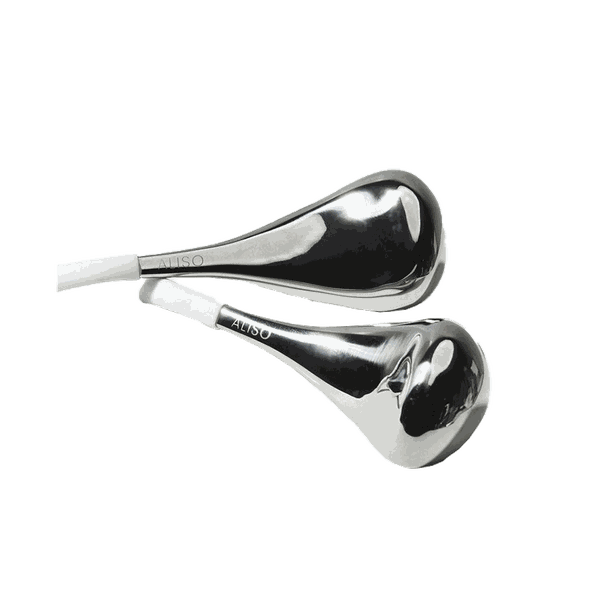
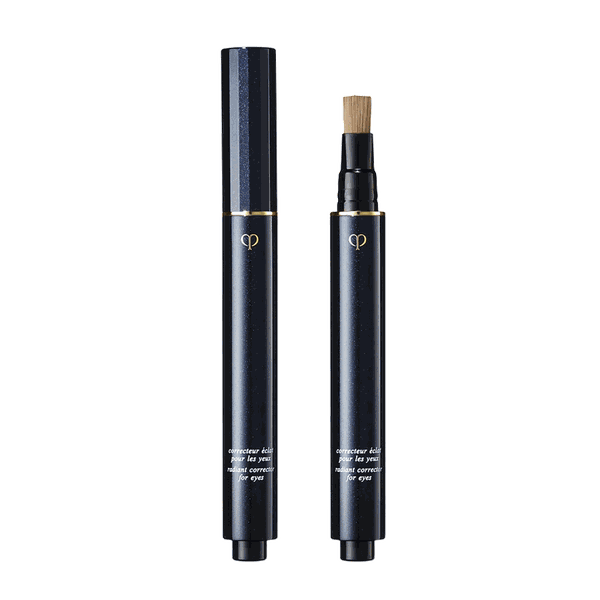
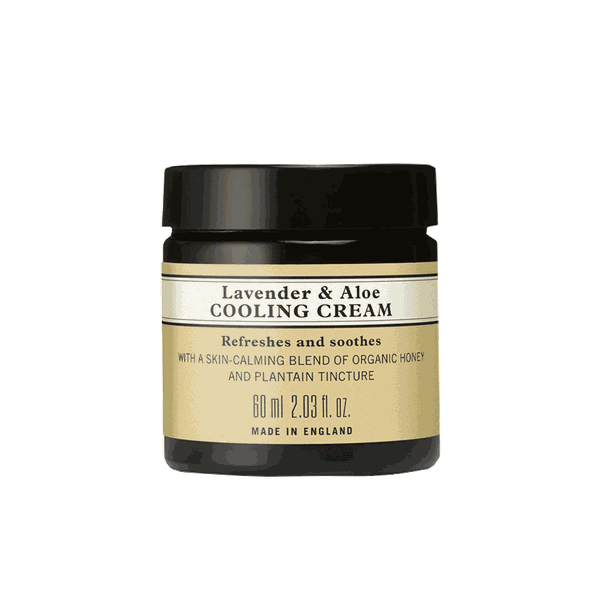



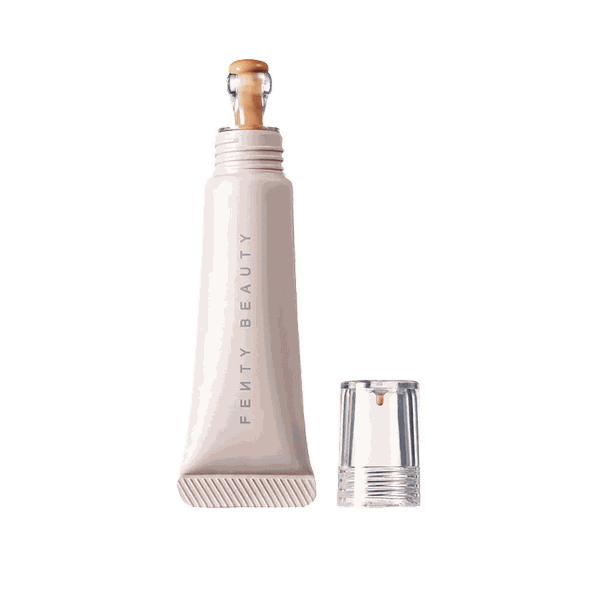

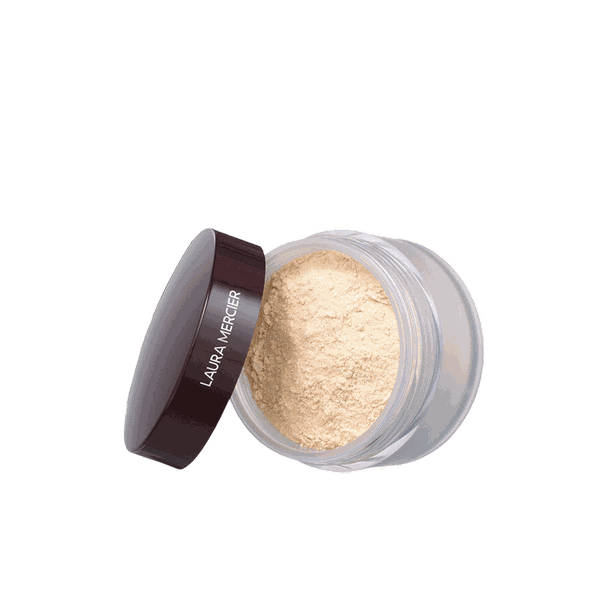
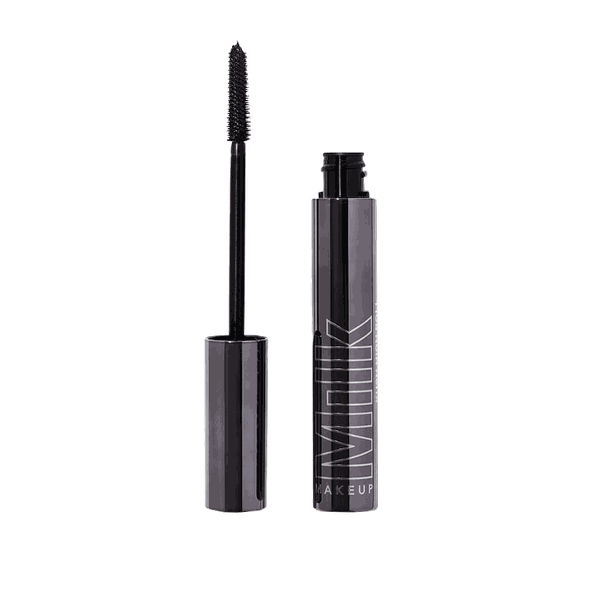
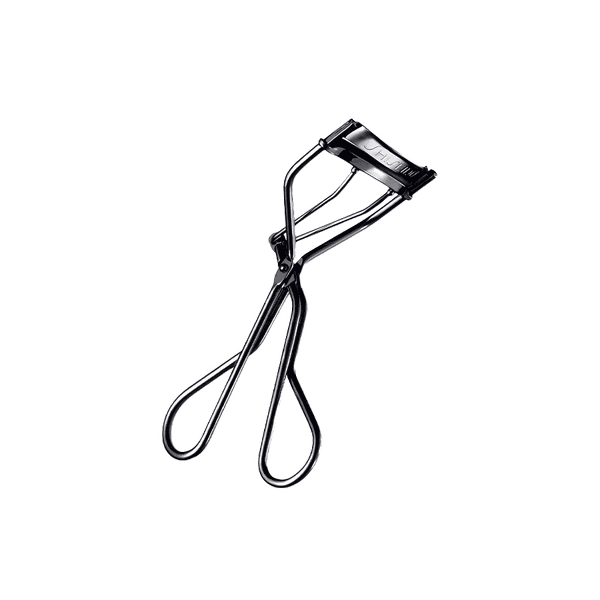
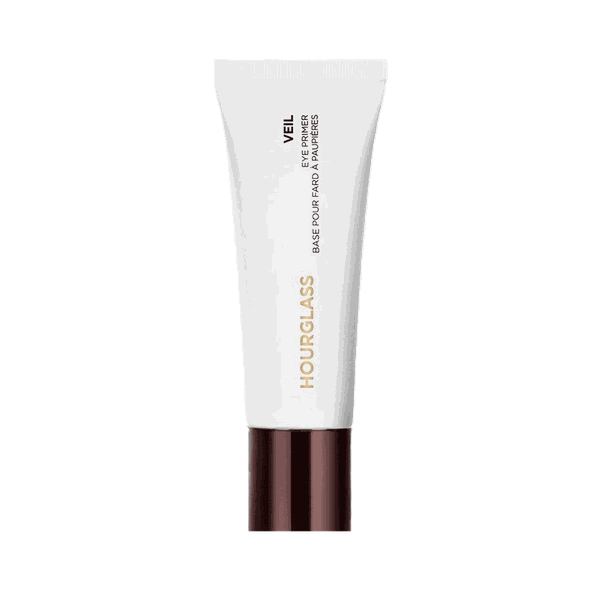
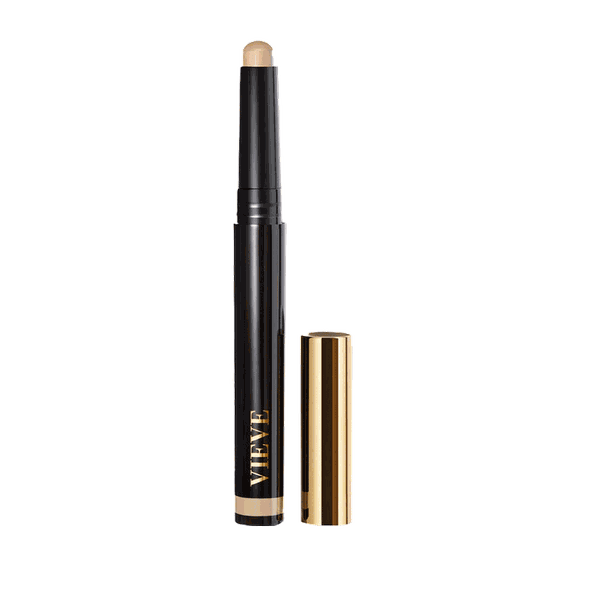
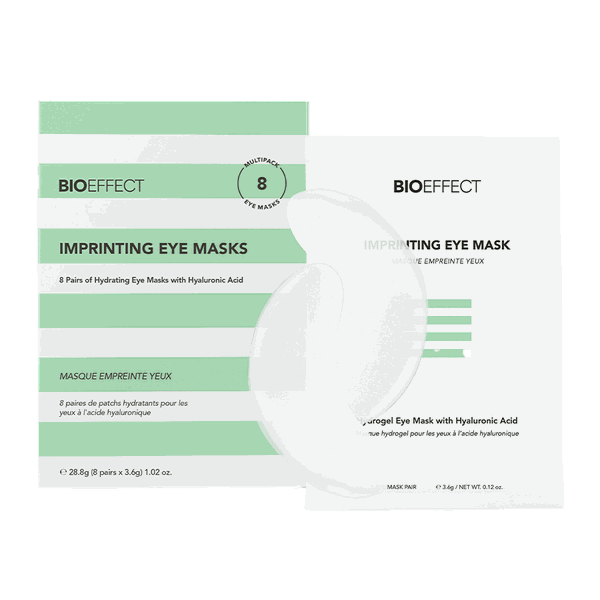


DISCLAIMER: Features published by SheerLuxe are not intended to treat, diagnose, cure or prevent any disease. Always seek the advice of your GP or another qualified healthcare provider for any questions you have regarding a medical condition, and before undertaking any diet, exercise or other health-related programme.
DISCLAIMER: We endeavour to always credit the correct original source of every image we use. If you think a credit may be incorrect, please contact us at info@sheerluxe.com.

